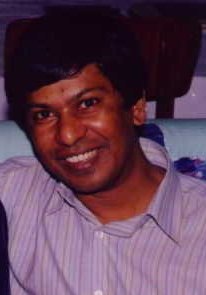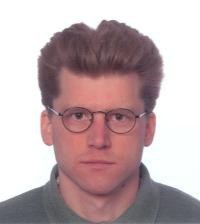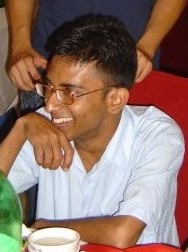
Alexander (right) is a PhD student in the department of Physics & Astronomy at the University of Waterloo. Robert (left), a past-president of the Canadian Association of Physicists, is a senior professor in the department of Physics & Astronomy and the department of Applied Mathematics at the University of Waterloo and an affiliate at the Perimeter Institute.
Could a quantum detector peek inside a black hole?
It has long been known that the thermal radiation emitted by a black hole can be detected by a particle detector, and even today the details of this process are an active area of research. But are such detectors sensitive to the interior structure of black holes? From a classical perspective, conventional wisdom would suggest not: the topological censorship theorem relegates all isolated topological structures (such as wormholes, topological knots, etc) to be hidden behind a horizon and thus inaccessible to observers by classical probes. But Continue reading







You must be logged in to post a comment.